Essential Agent Performance Metrics to Measure
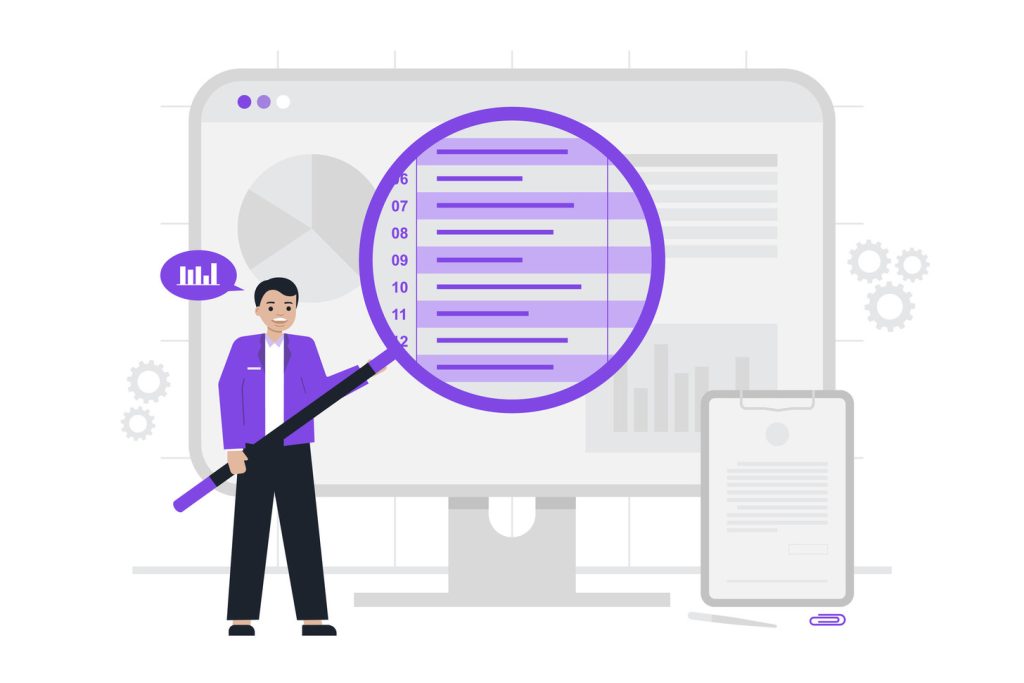
Ninety-five percent of businesses agree: tracking call center metrics directly impacts customer satisfaction. With over 100 potential data points available, leaders must prioritize indicators that reveal actionable insights rather than drowning in irrelevant numbers. The right measurements transform operational chaos into clarity.
Modern contact centers thrive by focusing on critical KPIs like first response time and call resolution rates. These metrics expose bottlenecks while highlighting opportunities to streamline workflows. When aligned with customer expectations, they create a roadmap for sustainable growth.
Data-driven organizations leverage these insights to allocate resources strategically. For example, analyzing peak call hours helps optimize staffing schedules. Monitoring repeat inquiries identifies training gaps. This approach eliminates guesswork, turning raw numbers into tools for excellence.
Key Takeaways
- Prioritizing core KPIs improves decision-making accuracy in customer service operations
- Strategic metric selection reduces operational costs while boosting satisfaction rates
- Real-time data analysis enables proactive adjustments to staffing and workflows
- Consistent tracking aligns team efforts with broader business objectives
- Effective measurement systems foster continuous improvement cycles
Businesses that master this balance see measurable gains in efficiency and loyalty. They replace reactive problem-solving with predictive strategies, ensuring every interaction strengthens customer relationships. The result? A contact center that drives revenue through service excellence.
Understanding the Call Center Metrics Landscape
In today’s competitive landscape, call centers thrive by leveraging data-driven insights. These operations serve as critical touchpoints where customer loyalty is won or lost. Selecting the right measurements turns chaotic data streams into actionable strategies.
Why Measurement Matters
Regularly tracking center metrics helps organizations prevent service breakdowns before they escalate. For example, spotting sudden spikes in call volume allows managers to adjust staffing instantly. This proactive approach reduces customer frustration and protects brand reputation.
| Aspect | Traditional Focus | Modern Approach |
|---|---|---|
| Channels | Phone calls only | Omnichannel (chat, social, email) |
| Data Sources | Basic call logs | AI-powered analytics |
| Customer Focus | Average handle time | Emotional sentiment analysis |
Adapting to New Realities
Contact center measurement frameworks now account for digital interactions across multiple platforms. Teams analyze email response patterns alongside social media sentiment. This holistic view reveals hidden opportunities to streamline workflows.
Historical data helps establish realistic benchmarks for emerging channels like video support. Organizations using these adaptive models report 23% faster issue resolution compared to traditional methods (CCW Market Study, 2023).
Defining Customer Experience Metrics
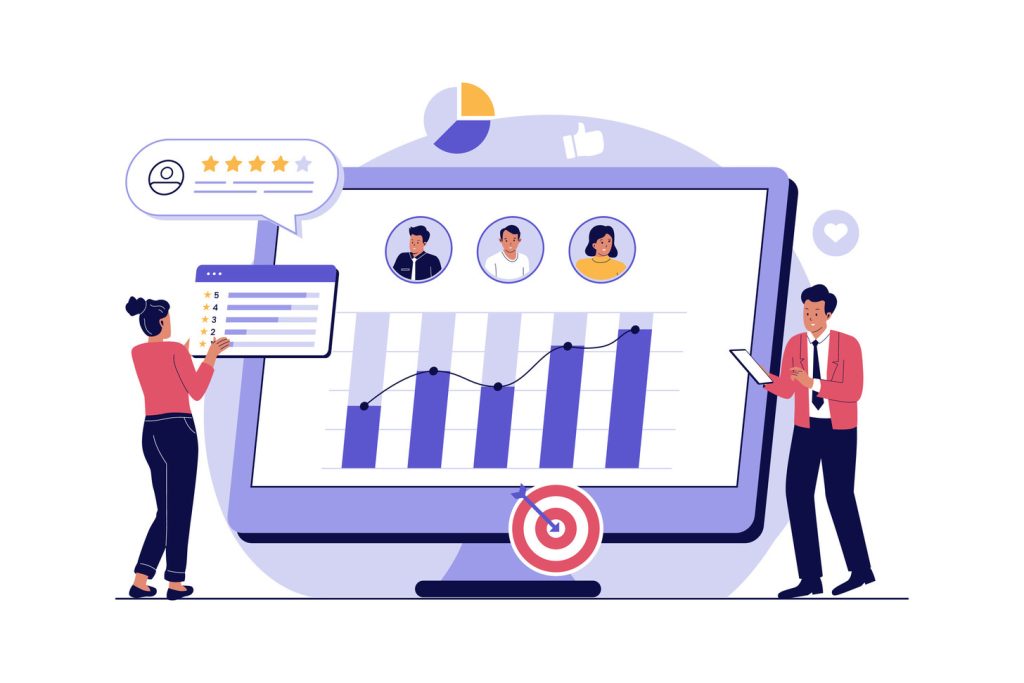
Customer experience metrics transform vague assumptions into actionable data. These tools quantify how effortlessly clients resolve customer issues and perceive service quality. Three core measurements reveal distinct facets of client interactions.
Utilizing CSAT and Net Promoter Score
The Customer Satisfaction Score (CSAT) captures immediate reactions to specific transactions. Clients rate experiences on a 1-5 scale post-interaction. A telecom company using CSAT discovered 40% of low scores stemmed from delayed callback promises – enabling targeted process improvements.
Net Promoter Score (NPS) measures long-term loyalty through one critical question: “How likely are you to recommend us?” Scores categorize clients as Promoters, Passives, or Detractors. Retail chains using NPS analysis often redirect resources to convert Passives into Promoters, boosting referral revenue by 18% (Forbes, 2023).
Interpreting Customer Effort Scores
Customer Effort Score (CES) assesses how easily clients resolve problems. Low scores expose friction points like complex IVR menus or repetitive identity checks. One financial institution reduced call center repeat contacts by 33% after simplifying document submission processes identified through CES feedback.
- CSAT highlights immediate service quality gaps
- NPS predicts long-term client loyalty trends
- CES pinpoints operational friction points
Organizations combining these metrics gain a 360-degree view of customer needs. This data-driven approach aligns service delivery with evolving expectations, turning satisfied clients into vocal advocates.
Agent Performance Metrics: A Closer Look
Successful contact centers thrive by aligning individual contributions with organizational goals. Service quality indicators reveal how effectively teams resolve issues while maintaining operational efficiency. These measurements transform subjective evaluations into clear roadmaps for improvement.
Key Indicators Impacting Service Quality
Productivity benchmarks track how quickly representatives address customer needs without compromising accuracy. A 2023 ICMI study found centers using granular productivity data reduced escalations by 28% through targeted coaching. Responsiveness metrics highlight gaps in real-time decision-making capabilities.
| Indicator | Impact | Optimization Strategy |
|---|---|---|
| Resolution Accuracy | Reduces repeat contacts by 33% | Targeted coaching sessions |
| Response Speed | Improves CSAT by 18% | Real-time workload distribution |
| Knowledge Retention | Cuts handle time by 25% | Interactive training modules |
Comprehensive evaluation systems help managers identify top performers and replicate their methods. One financial services provider increased cross-selling success by 41% after analyzing high achievers’ communication patterns.
Effective measurement requires balancing quantitative data with qualitative insights. Regular feedback loops let teams adjust tactics while maintaining service consistency. Organizations using this dual approach report 31% faster onboarding for new hires (Contact Center Week, 2023).
- Objective data pinpoints skill gaps in complex scenarios
- Coaching programs tailored to specific metrics boost capability growth
- Transparent tracking improves employee engagement and retention
Centers that master these practices create environments where continuous improvement becomes part of daily operations. They transform raw numbers into actionable strategies that benefit both customers and staff.
Evaluating First Call Resolution and Response Times
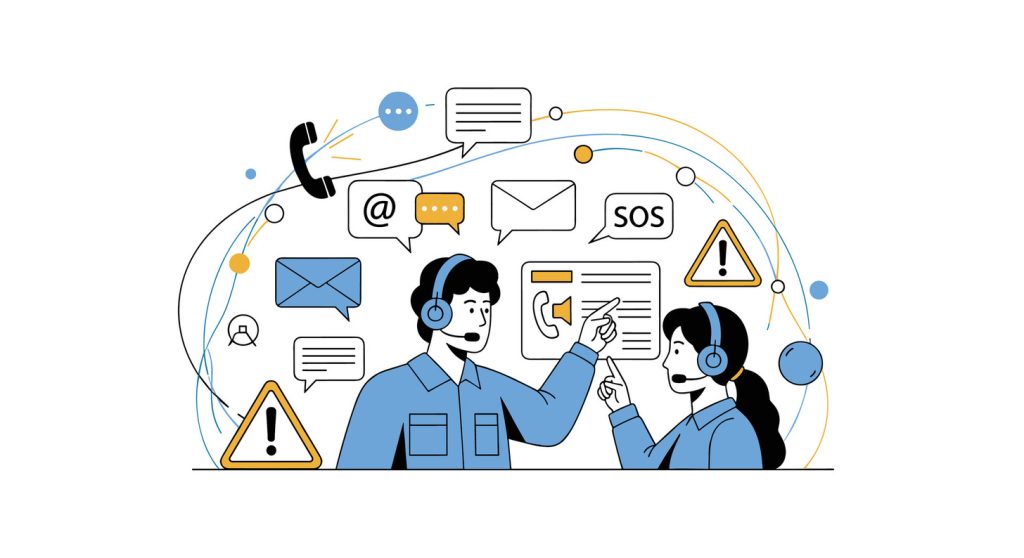
Operational excellence in modern call centers hinges on two pivotal measurements: how quickly teams answer calls and whether they resolve customer needs immediately. These metrics separate industry leaders from competitors struggling with inefficiency.
Benefits of Resolving on the First Contact
First call resolution (FCR) directly impacts client loyalty and operational costs. The formula FCR = (Resolved Issues ÷ First Contacts) x 100 reveals critical performance gaps. Centers achieving 90%+ FCR rates (as top performers do) reduce repeat inquiries by 40% while boosting satisfaction scores.
Swift resolution eliminates frustration from multiple follow-ups. A 2023 CCW study found 68% of customers prefer one-contact solutions over speedy but incomplete answers. Training programs focusing on problem-solving techniques empower teams to handle complex cases during initial interactions.
Strategies to Improve Average Speed of Answer
Average Speed of Answer (ASA) measures responsiveness using ASA = Total Wait Time ÷ Calls Answered. While 60 seconds remains a common target, leading organizations achieve sub-30-second response times through intelligent routing and staffing adjustments.
Real-time analytics help managers balance workloads during peak hours. One telecom provider reduced ASA by 22% using AI-powered forecasting to predict call surges. Combined with FCR improvements, this approach creates seamless experiences that build brand trust.
| Metric | Industry Standard | Top Performers |
|---|---|---|
| FCR Rate | 70-85% | 90%+ |
| ASA Target | 60 seconds | ≤30 seconds |
Leveraging Average Handle Time and Occupancy Rates
Modern contact centers achieve peak efficiency by optimizing two critical measurements: how long interactions take and how effectively teams use available time. These metrics reveal operational strengths while highlighting areas needing refinement.
Balancing Efficiency with Quality Service
Average handle time (AHT) calculates total interaction duration using this formula:
AHT = (Talk Time + Hold Time + After-Call Work) ÷ Calls Handled
Leading organizations maintain AHT between 4-6 minutes while resolving 90% of issues on first contact. This balance prevents rushed solutions that compromise satisfaction.
| AHT Component | Impact | Optimization |
|---|---|---|
| Talk Time | Direct customer engagement | Script refinement |
| Hold Time | Affects wait times perception | Knowledge base access |
| After-Call Work | Delays next interaction | Automated documentation |
Insights from After-Call Work Analysis
Examining post-call tasks uncovers hidden inefficiencies. One financial services provider reduced administrative time by 41% through automated case logging. This freed staff for 18% more customer interactions weekly.
Occupancy rates below 85% indicate underutilized resources, while rates above 90% risk burnout. Real-time monitoring helps adjust workflows dynamically. Teams maintaining 88-90% occupancy report optimal balance between productivity and service quality.
Cost Management and Service Level Optimization
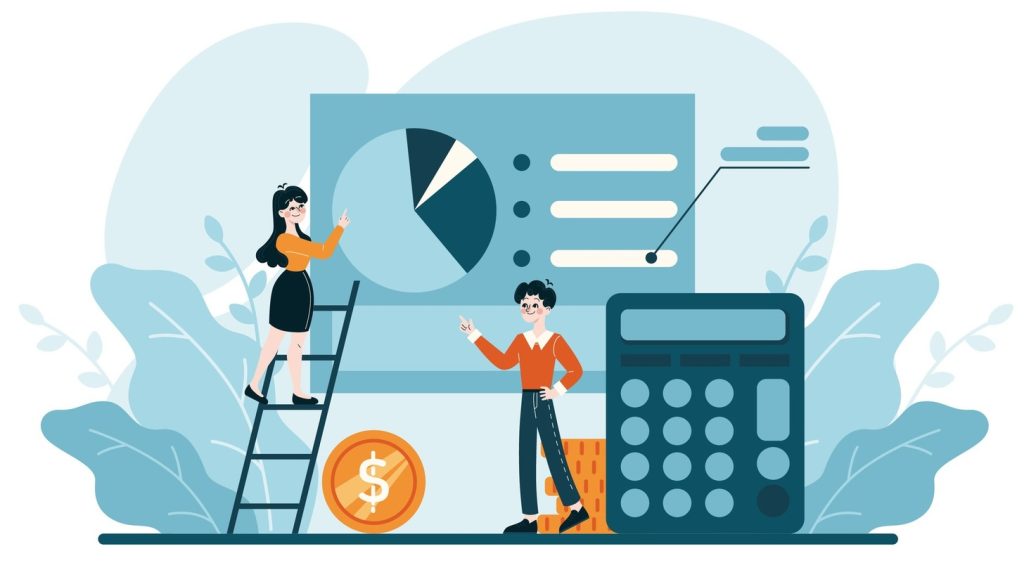
Financial efficiency and customer responsiveness form the foundation of sustainable contact center models. Organizations that master this balance reduce operational expenses while delivering consistent service quality. Strategic measurement of key financial indicators reveals opportunities to optimize resource allocation.
Calculating Cost Per Call in Contact Centers
The cost per call (CPC) formula provides clarity on operational spending:
CPC = (Staff Costs + Technology + Infrastructure) ÷ Total Calls Handled
Leading enterprises maintain CPC between $2.50-$5.00 through intelligent workforce management. Regular analysis identifies wasteful spending patterns, like outdated software licenses or underutilized cloud services.
| Cost Component | Industry Average | Optimized Centers |
|---|---|---|
| Staffing | 58% of total | 48-52% |
| Technology | 27% | 22-25% |
| Facilities | 15% | 8-12% |
Setting and Meeting Service Level Targets
Service level benchmarks ensure responsiveness aligns with customer expectations. The gold standard remains answering 80% of calls within 20 seconds. High-performing teams achieve 90% compliance through predictive scheduling and skills-based routing.
| Metric | Baseline | Best Practice |
|---|---|---|
| Answer Threshold | 20 seconds | 15 seconds |
| Target Percentage | 80% | 90%+ |
Real-time dashboards help supervisors adjust staffing during demand spikes. One retail chain improved service level compliance by 31% using AI-powered forecasting to anticipate call volume patterns.
Tracking Call Volume and Abandon Rates
Strategic analysis of communication patterns separates thriving call centers from overwhelmed operations. Monitoring total interactions and disconnected attempts reveals critical insights about customer behavior and operational capacity. Two measurements form the foundation: call volume quantifies demand, while abandon rates expose service accessibility gaps.
| Metric | Calculation | Optimal Range |
|---|---|---|
| Call Volume | Agent Calls + Self-Service | Channel-specific targets |
| Abandon Rate | (Abandoned ÷ Total) x 100 | <5% |
Identifying Trends in Call Volume
Peak period analysis helps organizations allocate resources effectively. Historical data shows retail call centers experience 47% higher volume during holiday seasons (NICE CXone, 2023). Real-time dashboards enable managers to deploy backup teams when inbound calls handled exceed predicted thresholds.
Segmenting data by channel and inquiry type uncovers hidden patterns. A healthcare provider reduced after-hours abandon rates by 29% after identifying 63% of late-night percentage calls related to prescription refills. Automated solutions now handle these requests, freeing staff for complex cases.
| Data Category | Strategic Action | Result |
|---|---|---|
| Peak Hours | Flexible scheduling | 22% faster response |
| Self-Service Usage | IVR optimization | 18% cost reduction |
| Repeat Inquiries | Knowledge base updates | 35% fewer escalations |
Centers that consistently track call patterns and disconnect rates achieve 19% higher customer retention (Aberdeen Group). Proactive adjustments to staffing and technology prevent frustration while maintaining service quality across all touchpoints.
Enhancing Agent Utilization and Scheduling Strategies
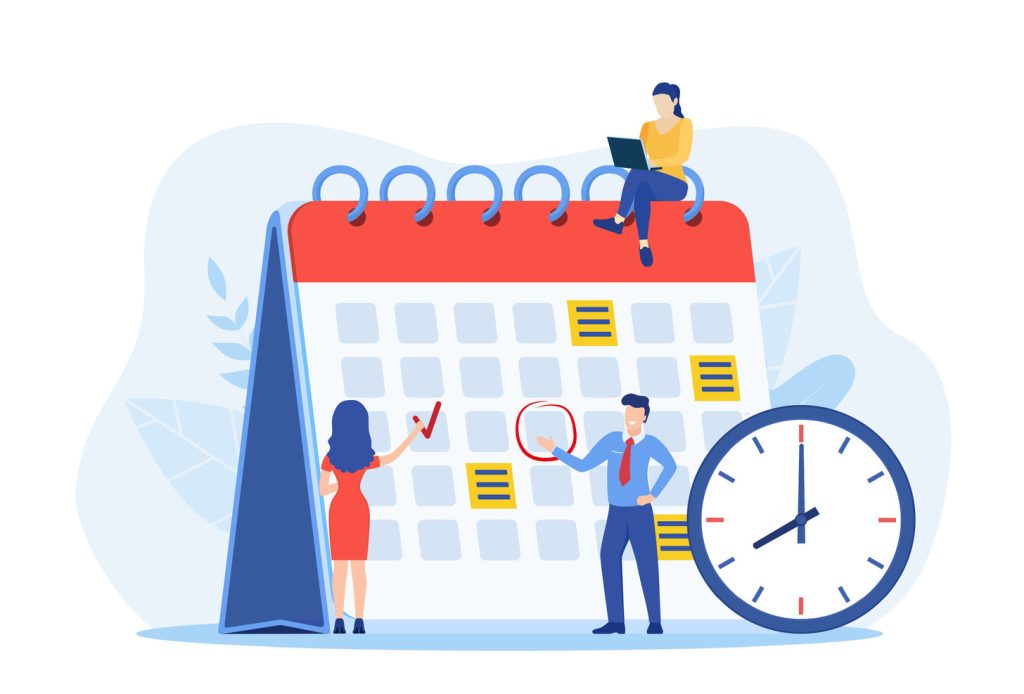
Operational leaders in customer service environments recognize that effective workforce management drives both efficiency and satisfaction. The utilization rate formula (Handled Call Time ÷ Logged-In Time x 100) reveals how effectively teams convert availability into results. Industry leaders maintain 75-90% utilization – the sweet spot between productivity and sustainable workflows.
Maximizing Logged-In Time for Higher Productivity
Real-time monitoring systems transform scheduling from guesswork to precision. These tools analyze historical patterns and current demand to align staff coverage with call volume fluctuations. One retail chain reduced overtime costs by 19% while improving calls answered during peak hours through AI-driven shift optimization.
| Utilization Range | Operational Impact | Management Action |
|---|---|---|
| 70-75% | Underused capacity | Cross-train for multichannel support |
| 75-90% | Optimal performance | Maintain current protocols |
| 90%+ | Burnout risk | Adjust workloads immediately |
Balanced scheduling requires understanding staff capabilities and customer needs. As noted in a 2023 CCW report:
“Teams with structured development plans achieve 27% higher utilization without compromising service quality.”
Proactive organizations pair scheduling tools with regular skills assessments. This approach identifies training opportunities while ensuring adequate coverage across all contact center channels. The result? Consistent service delivery that meets – and often exceeds – client expectations.
Implementing Technology for Real-Time Performance Tracking
Forward-thinking organizations now harness advanced technologies to transform customer service operations. Real-time monitoring systems provide instant visibility into critical workflows, enabling managers to address issues before they escalate. These tools bridge the gap between raw data and actionable strategies.
Benefits of Call Analytics Platforms
Call analytics platforms deliver immediate insights into customer interactions. They track patterns like peak inquiry times and common complaints, revealing opportunities to optimize staffing and training. Teams using these systems resolve escalations 30% faster by adjusting workflows mid-shift.
Advanced platforms automatically flag recurring issues, such as frequent hold times or unresolved queries. This allows supervisors to deploy targeted interventions during live calls. One retail chain reduced customer wait periods by 19% using predictive alerts from their analytics dashboard.
These solutions also strengthen service quality through detailed interaction histories. Managers identify top-performing strategies by analyzing successful resolutions across teams. The result? A 22% improvement in first-contact resolution rates reported by early adopters (CX Today, 2023).
By converting data streams into visual dashboards, analytics tools empower data-driven decisions at every level. Organizations gain the agility to meet evolving expectations while maintaining operational efficiency. This technological edge separates industry leaders from competitors relying on outdated methods.

